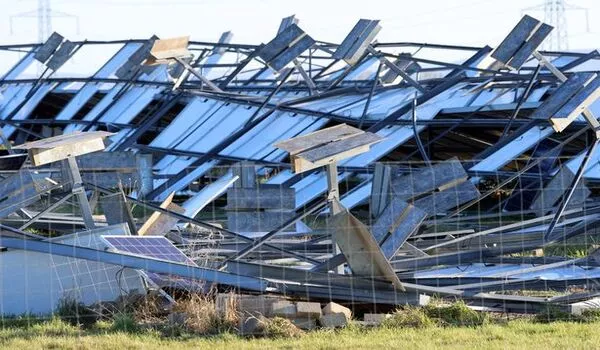The quantity of sunlight (irradiation) that falls on the surface of a solar panel and is turned into energy is measured as solar panel efficiency. Because of recent developments in solar technology, the average panel conversion efficiency has improved from 15% to well over 20%. Because of this significant gain in efficiency, the power rating of a standard size panel increased from 250W to 370W.
According to a new analysis published, recyclers will hopefully be able to mine billions of dollars worth of materials from wasted solar panels in the future years. This should reduce bottlenecks in the solar panel supply chain while also making the panels themselves more sustainable.
Most dead solar panels in the United States are currently destroyed or thrown into a landfill. Recycling’s economics simply do not stack up. The value of a salvaged panel has not been sufficient to cover the expense of transporting and recycling it. According to a recent study by the research firm Rystad Energy, this is about to change.
The value of recyclable materials from solar panels will skyrocket over the next several years, reaching $2.7 billion in 2030, up from $170 million this year. This is due to rising solar demand and a projected shortage of resources used to build panels.
According to Rystad, the value of recyclable materials from solar panels will skyrocket over the next several years, reaching $2.7 billion in 2030, up from $170 million this year. This is due to rising solar demand and a projected shortage of resources used to build panels. Technological advancements are also making it easier to extract more valuable materials from old panels, making recycling a sweeter deal financially.
Solar energy currently accounts for slightly more than 3% of the worldwide electricity mix. However, the world’s energy networks are undergoing a radical transformation to incorporate more renewable energy. To keep the catastrophic consequences of climate change under control, the Paris climate agreement commits countries to working together to phase out greenhouse gas emissions from fossil fuel combustion over the next few decades. Solar might account for up to 40% of global power supply if that target is met. It also helps that solar panels have become quite affordable, making them a more cost-effective source of electricity than coal or gas in most of the world.

Nonetheless, there are some clouds in the otherwise brilliant solar energy outlook. Additional materials are required to construct more solar panels. Mining and processing of such resources are currently concentrated in a few nations. As a result, the solar supply chain is subject to disruptions and plagued with fraud. Human rights violations in the mining of materials used in solar panels have been reported by the charity Business & Human Rights Resource Centre. And polysilicon, which is used in solar panels, is produced in an energy-intensive process that has been linked to forced labor. These revelations have resulted in restrictions against several Chinese-made solar devices.
Recycling will play a role in diversifying those supply chains. It might also lessen the toll that mining takes on the environment and on the health of workers and nearby communities.
More materials needed to create new solar panels will most likely originate from recycled panels in the future. According to Rystad, the most money may be made on the recycling market by recovering silver, polysilicon, copper, and aluminum. Unfortunately, today’s recycling technologies do not sort out silver and solar-grade silicon. It is frequently shredded and sold as crushed glass with the rest of the panel. Fortunately, thanks to new research into how to extract the most valuable material inside photovoltaic panels, recycling could soon become more complex.
Solar began to gain traction in the 2000s, and with a lifespan of about 25 years — we’re only now nearing the first major wave of abandoned solar panels. If it’s treated properly, that trash could become treasure.















